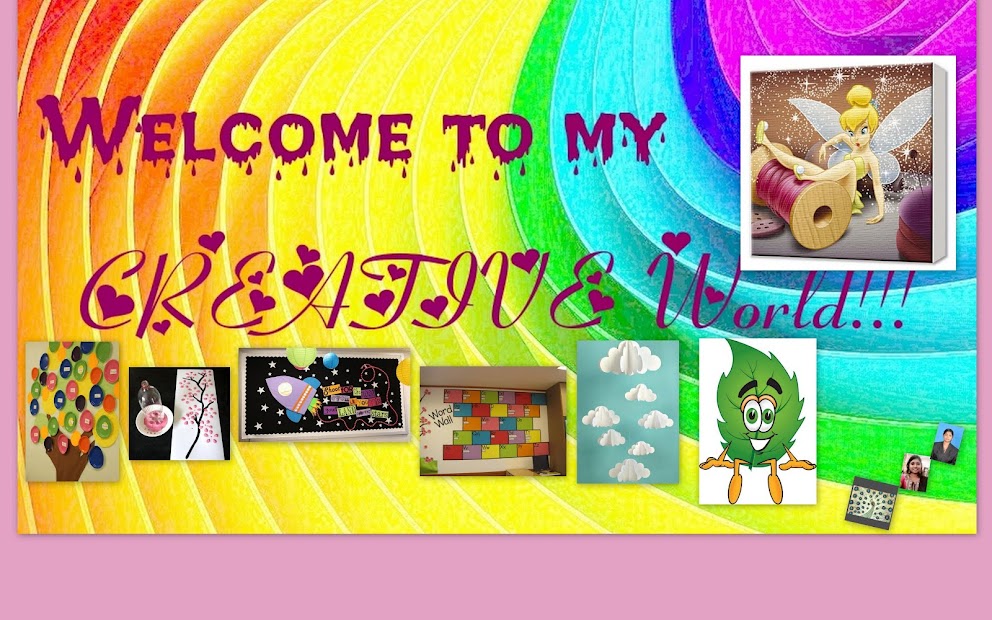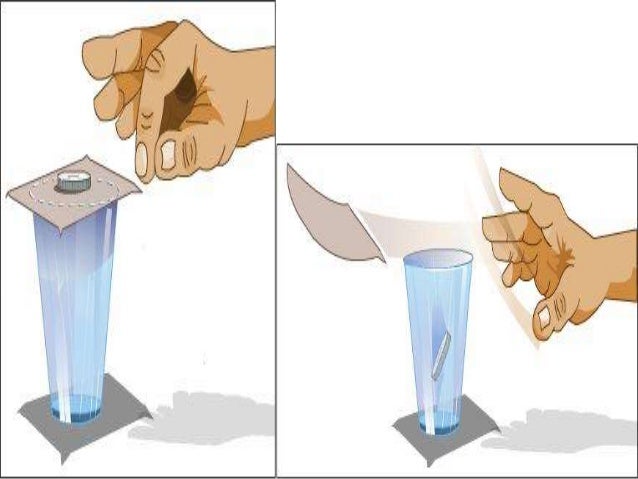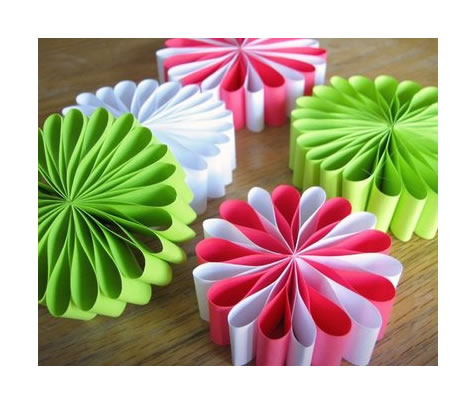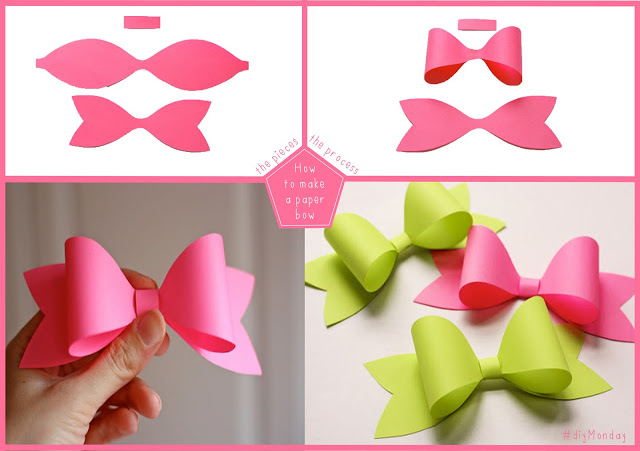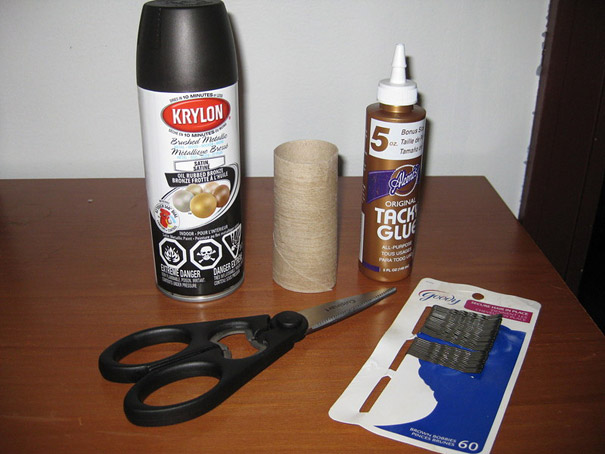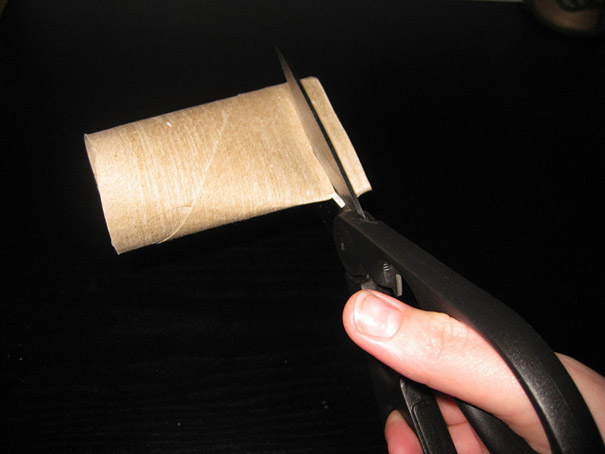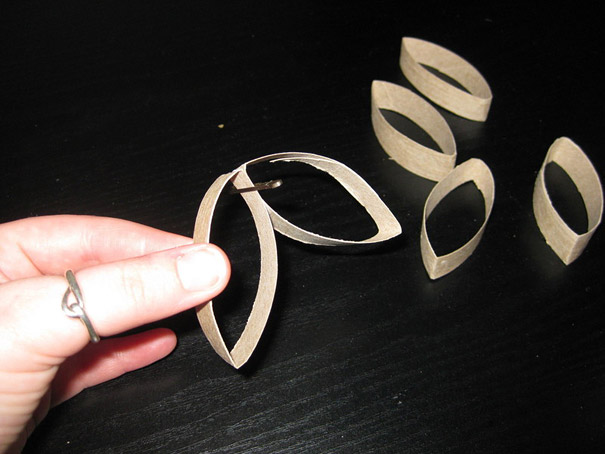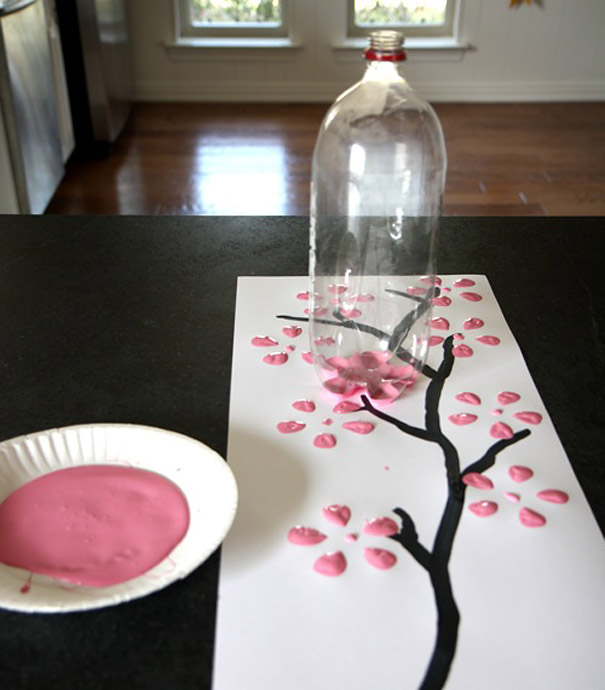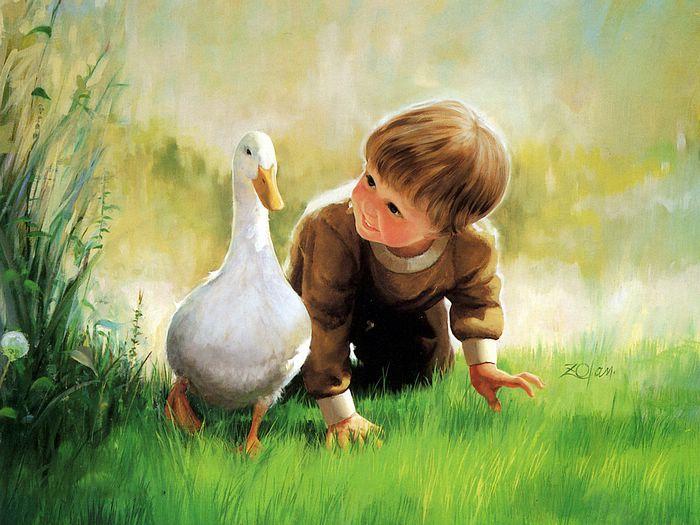Wednesday, May 18, 2016
MAKE YOUR OWN CLOUD!!!
Make your own CLOUD!!!
This fun Science Project for kids you will make your own cloud! This Science project is easy to do and is great for young elementary school children. It only requires a few materials and doesn’t take long to do. Try this cloud maker experiment today. Don’t forget to check out Cloud Facts for Kids to go along with your experiment.
Materials: crushed ice, salt, medium can and small can
Have kids fill large cup 1/2 way with the crushed ice.
Add 1/3 cup salt
Put the smaller cup into the middle of the larger cup (try not to touch the ice with your fingers)
Blow into the small cup
You will start to see a small cloud
CLOUD FACTS
A cloud is a mass of tiny water droplets or ice crystals that float in the air.
Clouds look fluffy and light but the truth is the amount of water that makes up one cloud can weigh more then an airplane!
The tree main types of clouds are: Cumulus, Stratus and Cirrus clouds.
The word cumulus means a pile or heap.
Cumulus clouds look like white puffy balls of cotton.
Cumulus clouds are usually less than 6.5000 feet above the Earth.
The word stratus means a layer.
Stratus clouds spread across the sky and look like blankets. They can be gray.
Stratus clouds that are higher in the sky are called Altostratus Clouds.
The word cirrus means a curl or ringlet in someone’s hair.
Cirrus clouds look like white smoke.
Cirrus clouds are more than 20,000 feet above the Earth.
It is so cold where cirrus clouds form that they are made of only ice crystals.
Make your own CLOUD!!!
This fun Science Project for kids you will make your own cloud! This Science project is easy to do and is great for young elementary school children. It only requires a few materials and doesn’t take long to do. Try this cloud maker experiment today. Don’t forget to check out Cloud Facts for Kids to go along with your experiment.
Materials: crushed ice, salt, medium can and small can
Have kids fill large cup 1/2 way with the crushed ice.
Add 1/3 cup salt
Put the smaller cup into the middle of the larger cup (try not to touch the ice with your fingers)
Blow into the small cup
You will start to see a small cloud
CLOUD FACTS
A cloud is a mass of tiny water droplets or ice crystals that float in the air.
Clouds look fluffy and light but the truth is the amount of water that makes up one cloud can weigh more then an airplane!
The tree main types of clouds are: Cumulus, Stratus and Cirrus clouds.
The word cumulus means a pile or heap.
Cumulus clouds look like white puffy balls of cotton.
Cumulus clouds are usually less than 6.5000 feet above the Earth.
The word stratus means a layer.
Stratus clouds spread across the sky and look like blankets. They can be gray.
Stratus clouds that are higher in the sky are called Altostratus Clouds.
The word cirrus means a curl or ringlet in someone’s hair.
Cirrus clouds look like white smoke.
Cirrus clouds are more than 20,000 feet above the Earth.
It is so cold where cirrus clouds form that they are made of only ice crystals.
EXCITING SCIENCE EXPERIMENTS
1. Dry Ice Bubble
This fun, simple demonstration of how to create a giant soap bubble with dry ice will have your students' eyes popping.
 2. Glow Sticks-Liquid
2. Glow Sticks-Liquid
Light Kids love glow sticks. Ask them how they work and the likely answer will be "batteries." The answer is simple science. This cool experiment on the luminescent science behind glow sticks is one of many fantastic and informative videos on YouTube hosted by Steve Spangler.3. Inertia Experiment
This basic experiment using a pen cap, a bottle, and a crochet hoop demonstrates one of Sir Isaac Newton's most fundamental principles — "an object at rest stays at rest."
 4. How to Make a Rain Cloud in a Bottle
4. How to Make a Rain Cloud in a Bottle
Teach kids the curious process of condensation with a bicycle pump, a soda bottle, and a few other simple items. This is a great way to teach the science behind everyday weather.5. Afraid of Pop Rocks? Discovery Channel's venerable Mythbusters team uses science to debunk the popular urban legend that the combination of Pop Rocks and soda could cause your stomach to explode. Use this video to talk with your class about how to pose scientific questions.6. How Do You Keep an Egg From Breaking?How Stuff Works creator Marshall Brain offers a kid-friendly look at the science behind a shattering egg. How can you drop an egg from a height of two feet and not have it break? Watch this video with your students and invite them to figure it out!
7. Surface TensionScience Bob shows you how to make a paperclip (and a coin!) float on water with a little bit of dish soap.
8. CO2 is Heavier Than Air Using household ingredients, this experiment illustrates the weight of carbon dioxide when compared with other gases in the atmosphere. This is an ideal experiment for introducing your students to the concept of greenhouse gases and global warming.
9. Where Do Ocean Currents Come From?Without motion in the ocean, there wouldn't be nearly as many different things living in the sea. Teach your students how the ocean ebbs and flows and the behavior of different types of currents with Bill Nye's informative, detailed demonstration.
10. How Much Sugar Is in a Can of Soda?This great kitchen science experiment dealing with nutritional values and evaporation will have your students thinking twice before the next time they ask for a glass of their favorite drink. The shocking answer? In every 12-ounce can of soda, there is about seven and 1/2 teaspoons of sugar.
11. The Science Behind the OlympicsSteven Spangler demonstrates how air flow and resistance affect the speed and performance of a ball in the air or a relay runner on the track. Students who love sports will find themselves fascinated by the forces at work in their favorite games.
12. Why Won't This Balloon Pop?This video will appeal to kids and adults alike, showcasing an enjoyable experiment involving a seemingly invincible balloon.
13. Harry Potter: Three Magical ExperimentsSometimes science can look a lot like magic. In this video, scientist Dan Jambuck shows kids step by step how to make a fizzy potion and invisible ink with kitchen ingredients. Do these with your students and have them record their scientific observations in invisible ink!
14. How to Build a Water RocketOne of the many delightful videos hosted by eHow's Expert Village involves instructions on building a water rocket out of a plastic bottle, demonstrating how air pressure works. The step-by-step instructions are easy to follow or to duplicate in your own classroom.
15. The Tea Bag RocketSimple, fun, quirky, and entirely feasible for the classroom, the tea bag rocket looks at science from an unexpected angle. Use this quick video lesson to teach your students about the density of air and how it is affected by changes in temperature.
16. How to Make a Miniature VolcanoSome teachers see the vinegar and baking soda volcano as something of a science fair cliché. It may be an oldie, but it's a still a goodie. Watch this with your students before creating your own mini Krakatoas.
1. Dry Ice Bubble
This fun, simple demonstration of how to create a giant soap bubble with dry ice will have your students' eyes popping.
 2. Glow Sticks-Liquid
2. Glow Sticks-Liquid
Light Kids love glow sticks. Ask them how they work and the likely answer will be "batteries." The answer is simple science. This cool experiment on the luminescent science behind glow sticks is one of many fantastic and informative videos on YouTube hosted by Steve Spangler.3. Inertia Experiment
This basic experiment using a pen cap, a bottle, and a crochet hoop demonstrates one of Sir Isaac Newton's most fundamental principles — "an object at rest stays at rest."
 4. How to Make a Rain Cloud in a Bottle
4. How to Make a Rain Cloud in a Bottle
Teach kids the curious process of condensation with a bicycle pump, a soda bottle, and a few other simple items. This is a great way to teach the science behind everyday weather.5. Afraid of Pop Rocks? Discovery Channel's venerable Mythbusters team uses science to debunk the popular urban legend that the combination of Pop Rocks and soda could cause your stomach to explode. Use this video to talk with your class about how to pose scientific questions.6. How Do You Keep an Egg From Breaking?How Stuff Works creator Marshall Brain offers a kid-friendly look at the science behind a shattering egg. How can you drop an egg from a height of two feet and not have it break? Watch this video with your students and invite them to figure it out!
7. Surface TensionScience Bob shows you how to make a paperclip (and a coin!) float on water with a little bit of dish soap.
8. CO2 is Heavier Than Air Using household ingredients, this experiment illustrates the weight of carbon dioxide when compared with other gases in the atmosphere. This is an ideal experiment for introducing your students to the concept of greenhouse gases and global warming.
9. Where Do Ocean Currents Come From?Without motion in the ocean, there wouldn't be nearly as many different things living in the sea. Teach your students how the ocean ebbs and flows and the behavior of different types of currents with Bill Nye's informative, detailed demonstration.
10. How Much Sugar Is in a Can of Soda?This great kitchen science experiment dealing with nutritional values and evaporation will have your students thinking twice before the next time they ask for a glass of their favorite drink. The shocking answer? In every 12-ounce can of soda, there is about seven and 1/2 teaspoons of sugar.
11. The Science Behind the OlympicsSteven Spangler demonstrates how air flow and resistance affect the speed and performance of a ball in the air or a relay runner on the track. Students who love sports will find themselves fascinated by the forces at work in their favorite games.
12. Why Won't This Balloon Pop?This video will appeal to kids and adults alike, showcasing an enjoyable experiment involving a seemingly invincible balloon.
13. Harry Potter: Three Magical ExperimentsSometimes science can look a lot like magic. In this video, scientist Dan Jambuck shows kids step by step how to make a fizzy potion and invisible ink with kitchen ingredients. Do these with your students and have them record their scientific observations in invisible ink!
14. How to Build a Water RocketOne of the many delightful videos hosted by eHow's Expert Village involves instructions on building a water rocket out of a plastic bottle, demonstrating how air pressure works. The step-by-step instructions are easy to follow or to duplicate in your own classroom.
15. The Tea Bag RocketSimple, fun, quirky, and entirely feasible for the classroom, the tea bag rocket looks at science from an unexpected angle. Use this quick video lesson to teach your students about the density of air and how it is affected by changes in temperature.
16. How to Make a Miniature VolcanoSome teachers see the vinegar and baking soda volcano as something of a science fair cliché. It may be an oldie, but it's a still a goodie. Watch this with your students before creating your own mini Krakatoas.
Tuesday, April 26, 2016
CREATIVENESS!!!
Creative Creations Are Just On Our Finger Tips!!!
Hey Guys!!!
We all have many old and unused items lying around in our homes or garages waiting to be thrown away. Before clean it just look here to make useless items into useful and wonderful creations.
Rosy Stationery
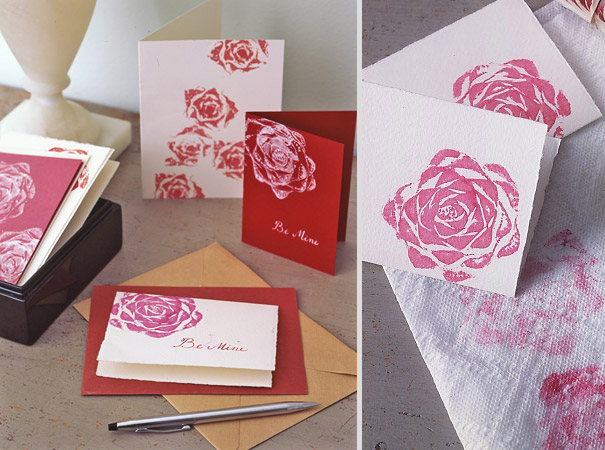
Toilet Paper Roll Wall Art
Cherry Blossom Art from a Recycled Soda Bottle
Creative Creations Are Just On Our Finger Tips!!!
Hey Guys!!!
We all have many old and unused items lying around in our homes or garages waiting to be thrown away. Before clean it just look here to make useless items into useful and wonderful creations.
Rosy Stationery

Toilet Paper Roll Wall Art
Cherry Blossom Art from a Recycled Soda Bottle
Thursday, March 17, 2016
Subscribe to:
Posts (Atom)
